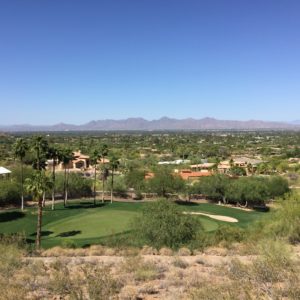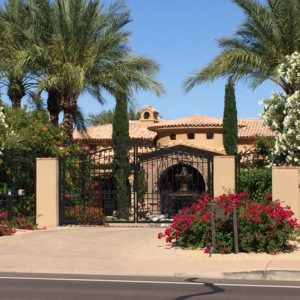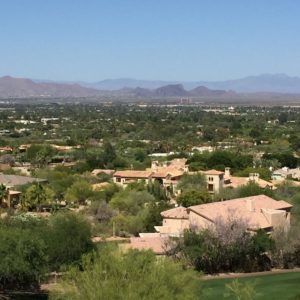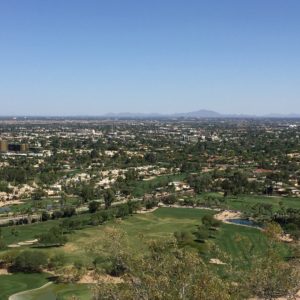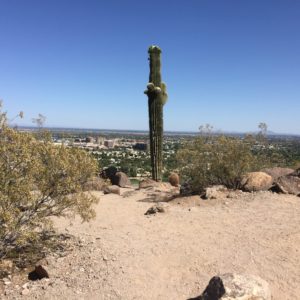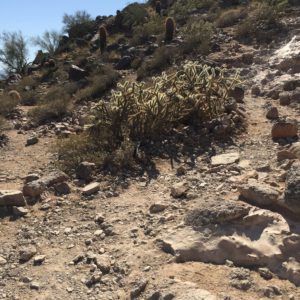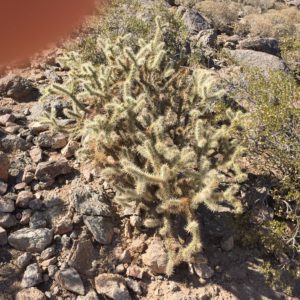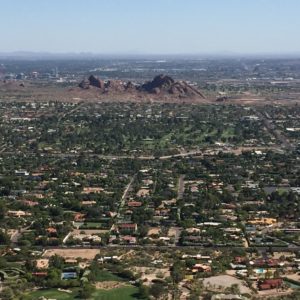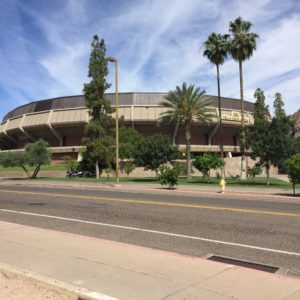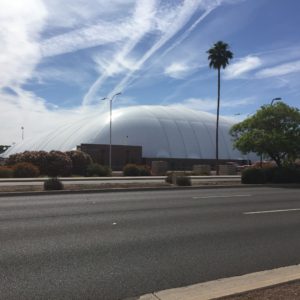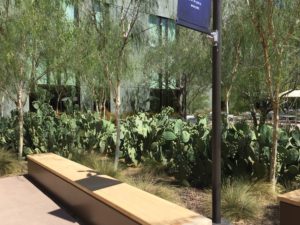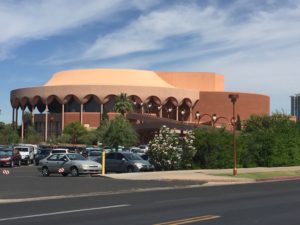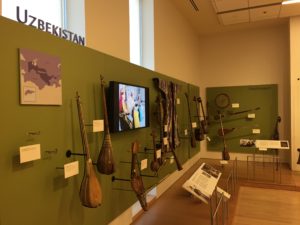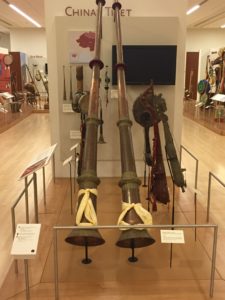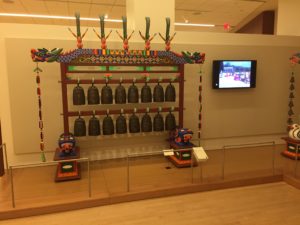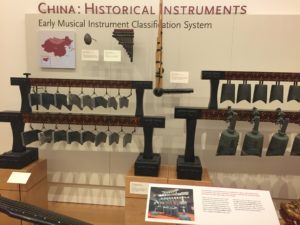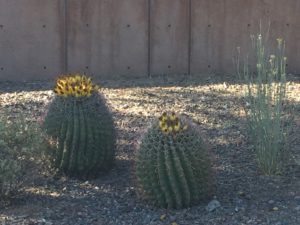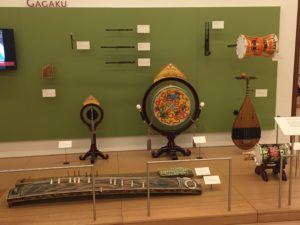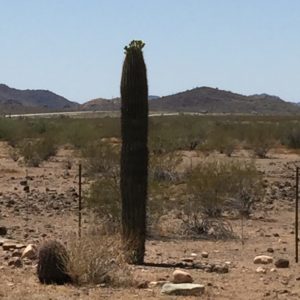CPT Visits Phoenix, Arizona

May 11, 2016
CPT recently visited Phoenix, Arizona for a business meeting. While visiting Phoenix, CPT’s Mark Spivak also photographed native cacti, climbed Camelback Mountain, ran through the campus of Arizona State University, and visited the incredible Museum of Musical Instruments.
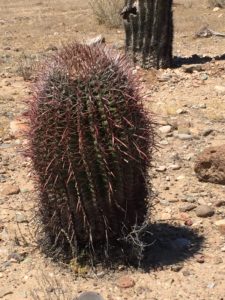
Phoenix is Arizona’s largest city and the state capital. Phoenix has a population of 1.56 million people, which makes Phoenix the most populated state capital in the country and the only state capital with more than a million inhabitants. The Phoenix metropolitan statistical area, which lies within the Salt River Valley, has a population of 4.3 million people, which constitutes the 12th largest MSA in the United States.
Despite its subtropical desert climate and location in the northeastern Sonora Desert, when founded in the 1860s, Phoenix first thrived as a southwestern agricultural center, whereby canals from the Salt River fostered ample irrigation. However, during the 1940s Phoenix became principally a distribution center. Presently, high-tech is the number one industry.
Phoenix has experienced tremendous population growth. From 1940 to 2010 the population has expanded from only 65,000 persons to over 1.5 million. The attraction of industrial and high-tech jobs, the presence of two nearby national level universities (Arizona State University and the University of Arizona), year-round warm weather with little rain, an outstanding highway system, reasonable housing costs, and low overall population density (due to its large land area) has made Phoenix an attractive residential destination. Due to the excellent highway system and low population density, Mark found Phoenician traffic much more manageable than in Atlanta. From a weather standpoint, Phoenix is a haven for those who despise cold or inclement weather. On average, Phoenix has only one day per year below freezing, over 107 days where the temperature reaches 100 degrees, and only one month (July) where there is more than one-inch of rainfall. Interestingly, to conserve electricity, Phoenix does not abide by Daylight Savings Time.
Compared to hiking the Grand Canyon the previous day, the climb up Camelback Mountain was less rigorous. The ascent is only 1,280 feet and the distance only 1.4 miles each way. However, the 100-degree temperature and the lack of shade were certainly taxing.
Arizona State University has an urban campus situated in Tempe, a southeastern suburb of Phoenix proximal to Sky Harbor Airport. ASU has the largest enrollment of any public university in the USA, with over 66,000 undergrads and 15,700 graduate students. Admission is guaranteed to any in-state resident who graduates high school in the top 25% of his/her class and who has in excess of a 3.0 GPA in core courses. ASU also has an extensive online curriculum. In 2016, US News & World Report ranked ASU as the “most innovative college in America.” Mark completed a 6-mile run through Tempe, along the Salt River canal, and throughout the campus. The campus seemed friendly and active and a few buildings had photo-worthy architecture.
Mark is a museum aficionado, who has visited many of the top museums in the USA. Yet, Mark believes the relatively obscure Musical Instrument Museum (MIM) should be ranked amongst the best and most unique museums in the country. One reason for its obscurity may be its recency. The MIM first opened its doors in 2010, as the largest museum of music in the world. The galleries hold over 15,000 musical instruments from over 200 countries. Entertaining video presentations that turn on automatically when a patron wearing headphones walks by the exhibit play audio and visual samples from each instrument. Placards meanwhile explain the history of the musical culture and instruments in each country. The exhibit halls are sorted by continent. It is amazing to hear and see the similarity in musical style present in adjoining countries, but to observe slight differences that convert to major differences as one moves more distant in geography. If you are a lover of music, Mark HIGHLY recommends a visit to MIM.
